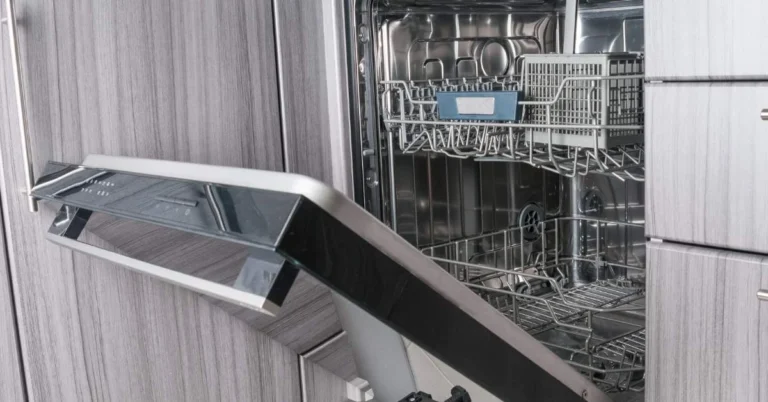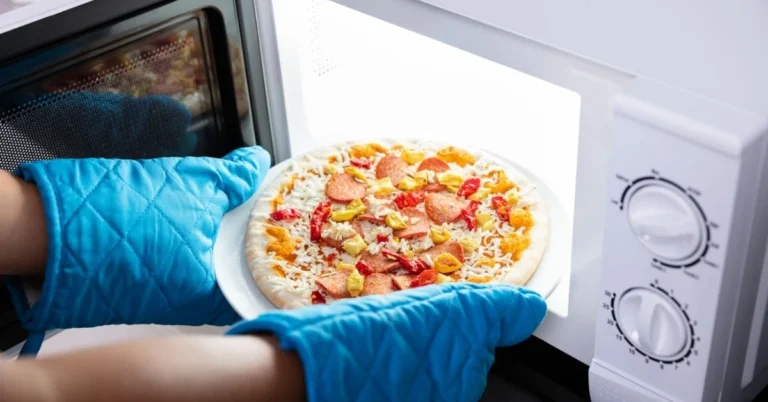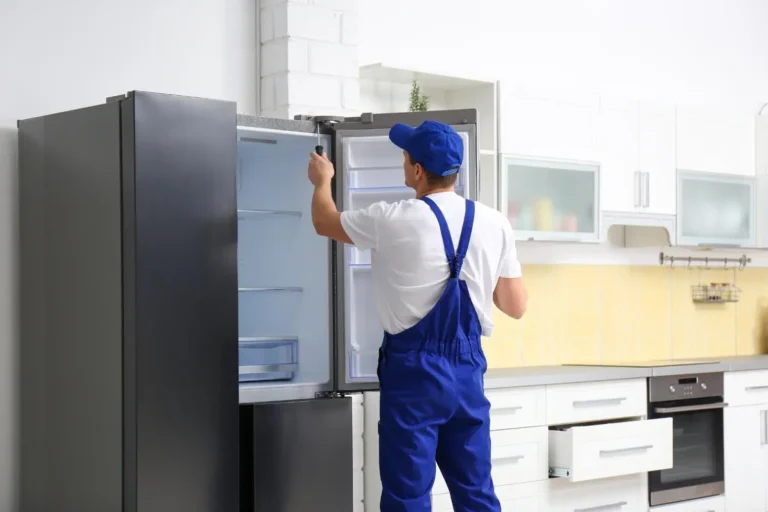Is your washer refusing to spin, leaving you with sopping wet clothes? I’ve been there too; laundry piling up while you wonder if you’ll need an expensive repair.
Don’t worry! This common problem occurs often in Niceville and has pretty simple solutions you can fix yourself. Follow the troubleshooting steps below before calling a technician, and you might save both time and money. However, if the issue persists, contacting a professional washer repair service in Niceville can ensure your appliance is thoroughly inspected and repaired, restoring its functionality efficiently and cost-effectively.
Signs of a Washing Machine Not Spinning Properly
A washer that stops spinning won’t always shut down completely. It may keep running, but the signs will show up in your laundry. Catching these early warnings can help prevent bigger problems.
Clothes come out soaked
If your clothes are still dripping wet after a cycle, your washer likely skipped the spin. The spin cycle should remove most of the water so your laundry is damp, not soaked.
You can’t hear, feel, or see the spin cycle
A normal spin cycle makes noise and causes some movement. If your washer stays quiet or still when it should be spinning, something is off. It could be a motor issue, a broken belt, or the lid switch.
Heavier loads aren’t clean
Towels, blankets, and heavy clothes need a strong spin to rinse out soap and dirt. When the spin cycle fails, these items come out feeling unwashed or still soapy.
You notice a mildew smell
A musty smell is a sign that water is sitting in the drum too long. If your washer does not spin or drain properly, moisture builds up and leads to mold inside the machine.
Causes for a Washer That Won’t Spin Properly
When your washing machine stops spinning, it usually means something is off inside or around it. Knowing what causes the problem makes it easier to fix. Here are the most common reasons:
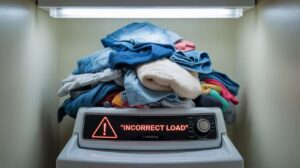
The washing machine is too full
Overloading the drum can stop your washer from spinning. When there’s too much laundry, the motor struggles to turn the drum. This can trigger a safety stop to protect the machine.
The load isn’t balanced properly
If one side of the drum is heavier than the other, the washer may pause or skip the spin. Items like towels or sheets often clump together and throw off the balance. Spreading out the load evenly can help.
The washer isn’t balanced correctly
A washer that sits on an uneven floor or tilted surface may not spin. Movement sensors detect imbalance and stop the spin for safety. Adjusting the washer’s legs or placing it on a level surface can fix this.
The lid switch isn’t working properly
Top-load washers won’t spin if the lid switch fails. This small part tells the washer that the lid is closed. If it’s broken, the machine may think the lid is open and stop spinning.
The drainage is poor
If water can’t drain out, the washer won’t spin. A clogged drain hose, blocked filter, or faulty pump can leave water in the drum. Check for standing water after a cycle to catch this early.
How to Fix a Washing Machine That Won’t Spin
Before you schedule a repair, there are a few things you can check on your own. Some spin issues are easy to spot and fix without tools or experience. Here’s a list of steps you can take before calling a technician:
1. Check the Load Balance
Open the washer and rearrange the clothes. If items are bunched up on one side, the drum may not spin. Spread the load evenly and run a spin cycle again.
2. Inspect the Lid Switch
Close the lid firmly and listen for a click. If your washer doesn’t start spinning, the lid switch may not be working. This part keeps the machine from spinning with an open lid.
3. Examine the Drive Belt
Unplug the washer and remove the back panel. Look for a loose or broken belt connected to the motor and drum. If the belt is worn or off track, it needs to be adjusted or replaced.
4. Check for Blocked Drainage
Remove the drain hose and look for clogs. A blocked hose can keep water from draining, which stops the spin. Clean the hose and filter, then run the washer to test it.
5. Test the Motor Coupler
For top-load washers, the motor coupler connects the motor to the transmission. If it breaks, the washer won’t spin. This part can wear out over time and may need replacing.
6. Inspect the Door Lock (For Front Loaders)
If you have a front-load washer, the door must lock before spinning. A faulty door lock will stop the cycle. Listen for a click or look for a lock error on the display.
7. Examine the Timer or Control Board
If everything else looks fine, the issue might be with the washer’s timer or control board. These parts send power to the motor at the right time. If they fail, the machine may skip spinning.
Washing Machine Spin Issues Solved by Beach2Bay Appliance Service
Beach2Bay Appliance Service in Niceville offers expert repair solutions for washing machines that stop spinning. Our washer repair service includes everything from unbalanced loads to motor or drainage problems with precision and care. We help Niceville homeowners restore normal washer function without delays or guesswork.
Author Profile
- John Raymond Hagler
- Beach2Bay Appliances is a trusted name in Florida for professional appliance repair services. Serving homeowners, realtors, and property managers, our experienced team focuses on reducing costly breakdowns and maximizing appliance efficiency. Committed to reliability, transparency, and customer care, we help maintain the value and functionality of homes and rental properties through routine service and urgent repairs.
Latest entries
 BlogsAugust 30, 2025Oven Smells Like Burning While Cooking? Here’s the Solution
BlogsAugust 30, 2025Oven Smells Like Burning While Cooking? Here’s the Solution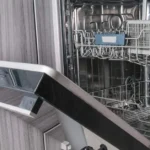 BlogsAugust 29, 2025Why Your Dishwasher Isn’t Cleaning Dishes and How to Fix It
BlogsAugust 29, 2025Why Your Dishwasher Isn’t Cleaning Dishes and How to Fix It BlogsAugust 29, 20257 Reasons Your Microwave Isn’t Working and How to Fix It Quick
BlogsAugust 29, 20257 Reasons Your Microwave Isn’t Working and How to Fix It Quick BlogsAugust 27, 2025Why Your Refrigerator Isn’t Cooling and How to Fix It
BlogsAugust 27, 2025Why Your Refrigerator Isn’t Cooling and How to Fix It

